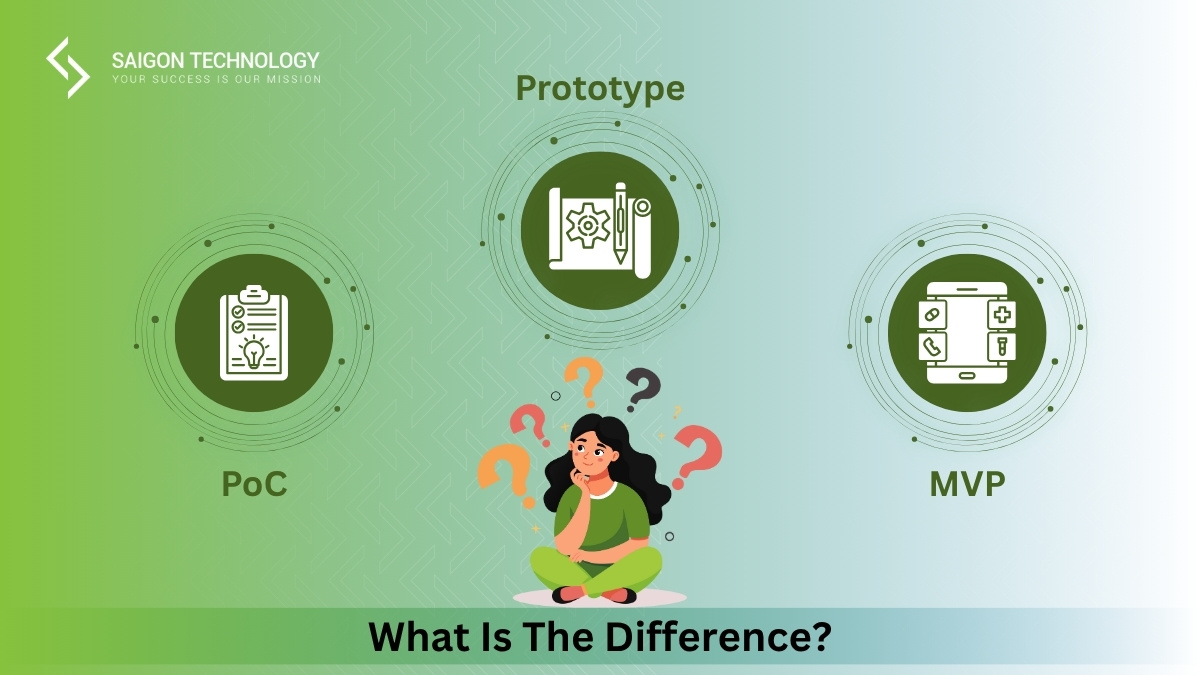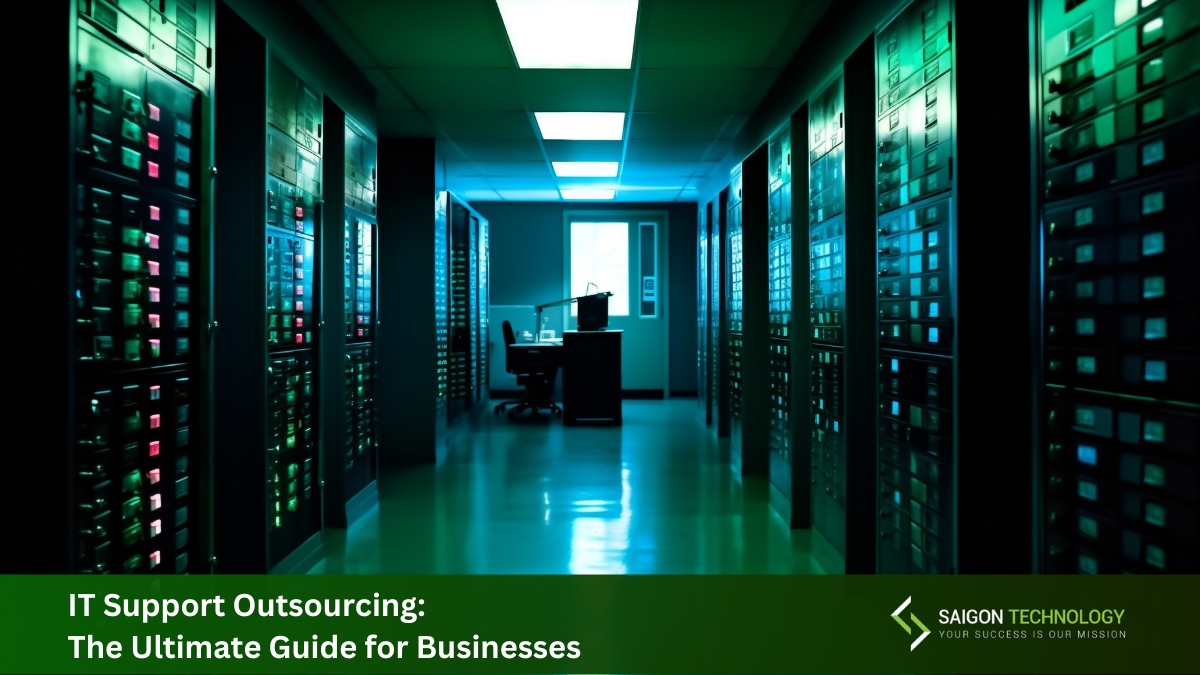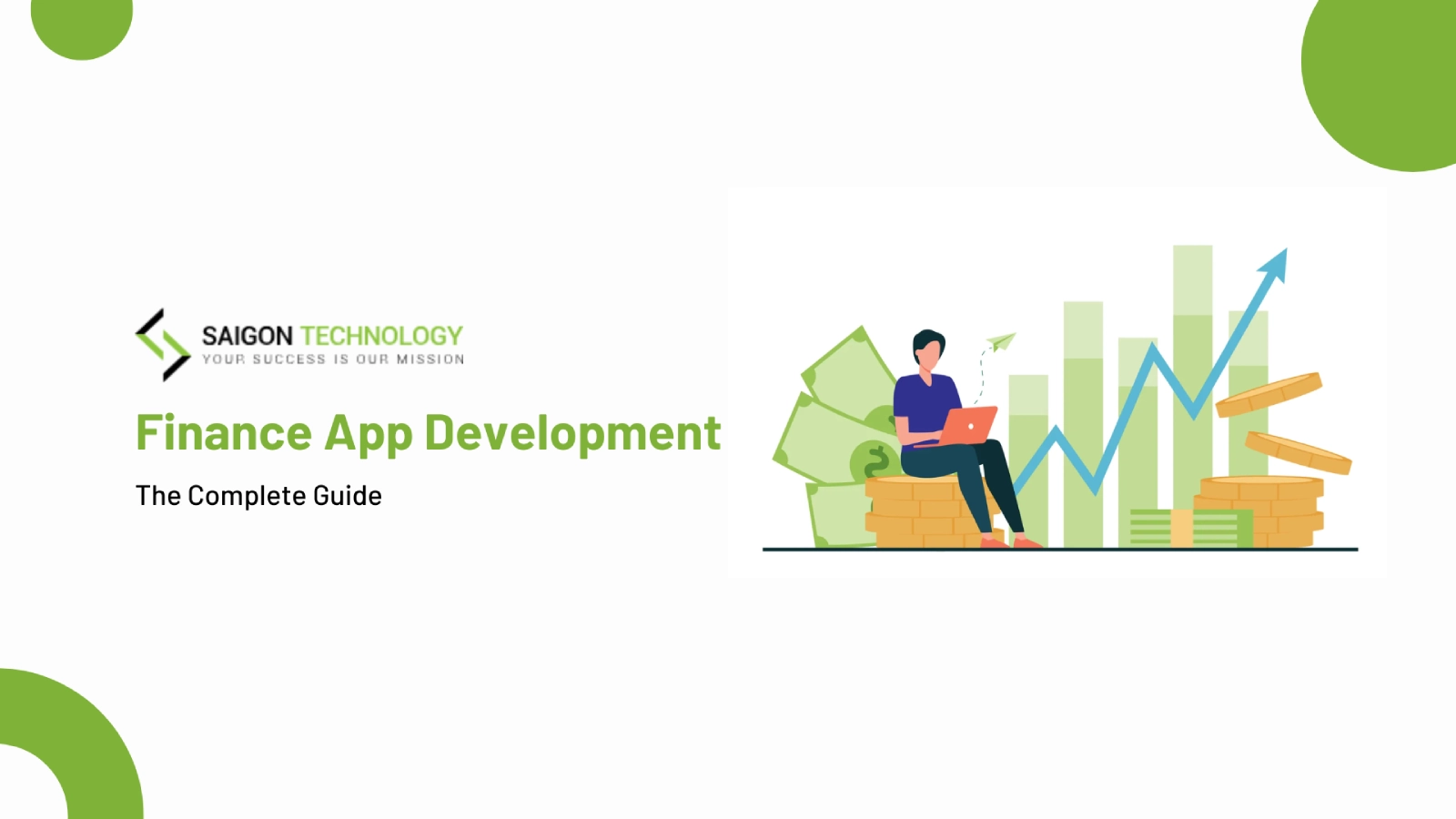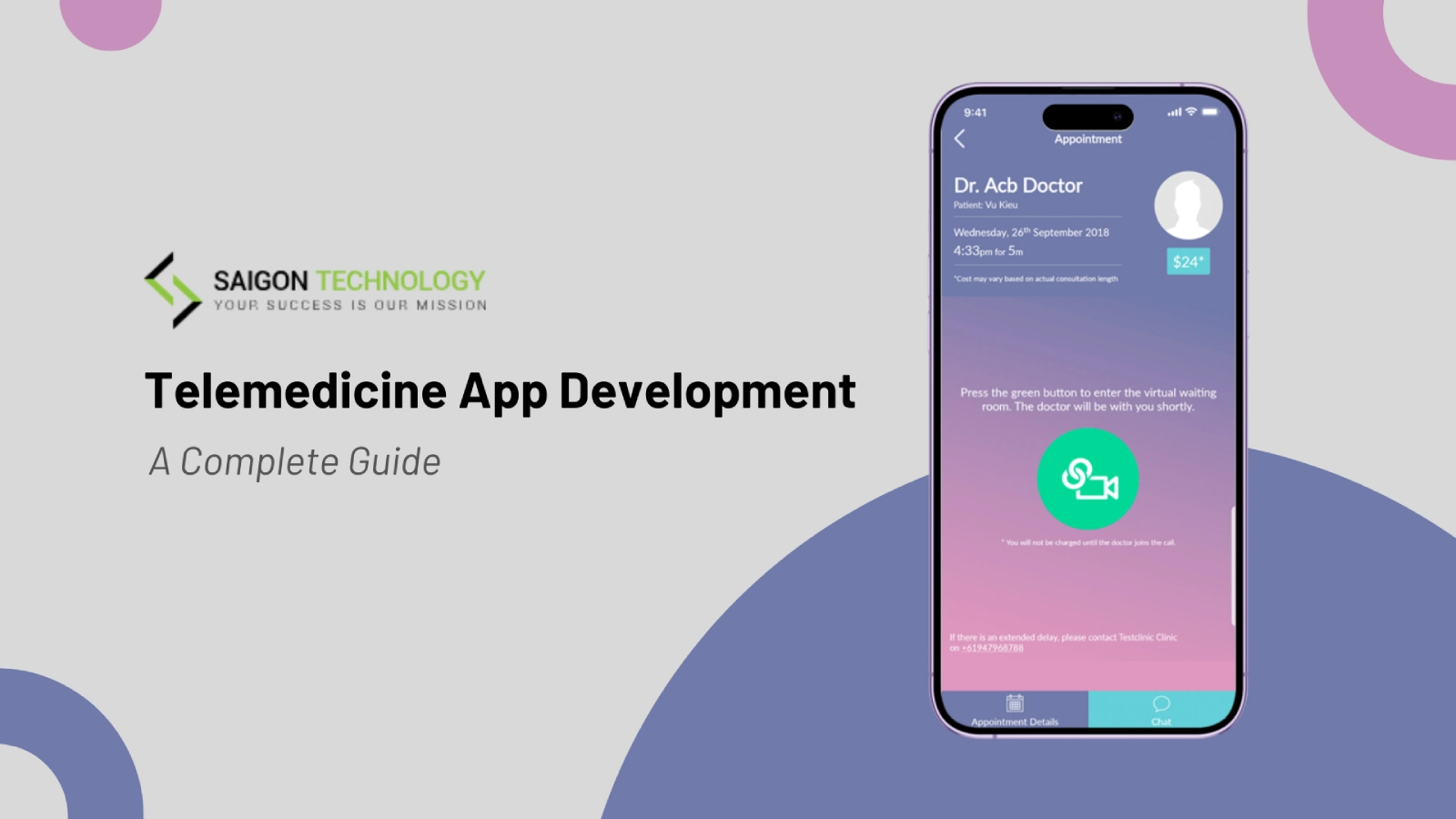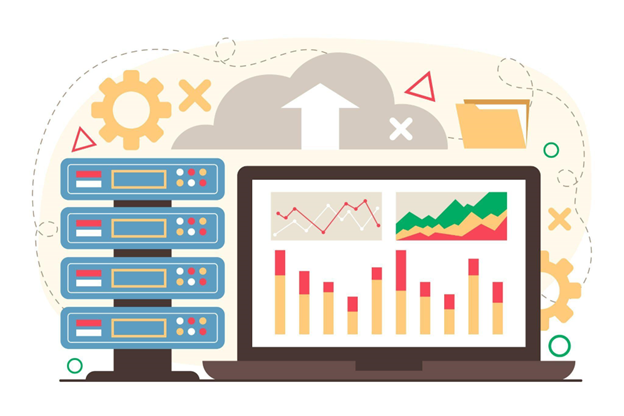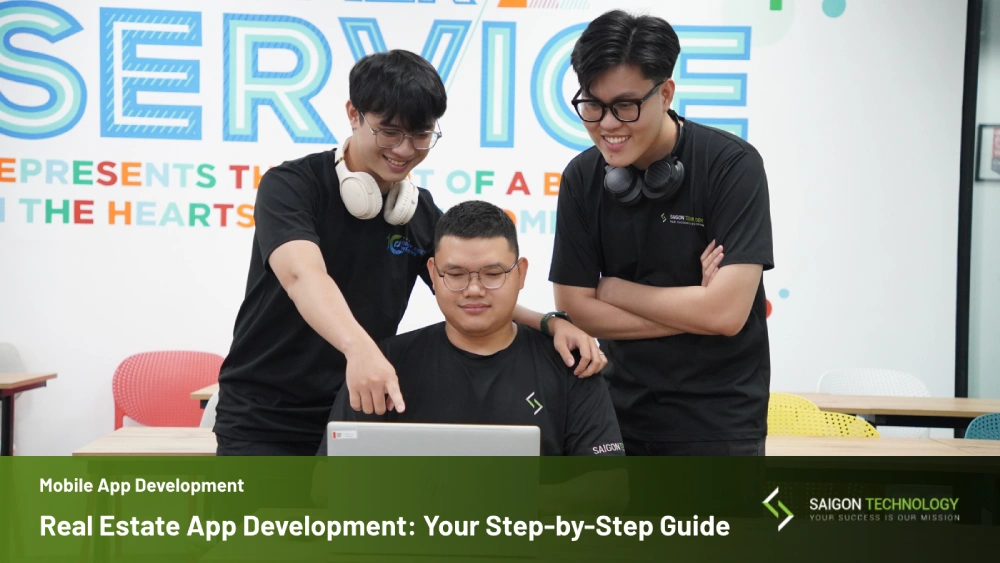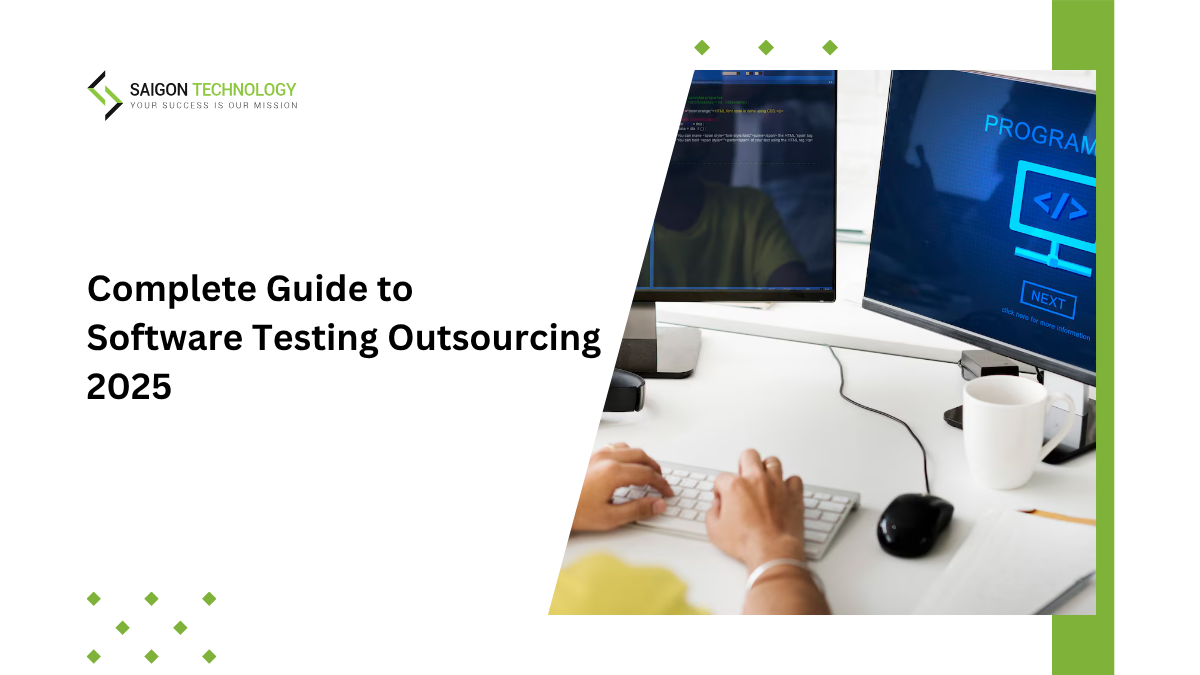Many people use the terms Proof of Concept (PoC), Prototype, and Minimum Viable Product (MVP) interchangeably. In fact, each plays a distinct role in product development. Businesses need to understand the differences between PoC vs MVP and prototype to optimize their resources. This article will show you how they differ and connect.
Key Takeaways:
- PoC focuses on the technical side. It proves that a concept or technology can work. A prototype is necessary for design validation. Meanwhile, businesses use MVP to test product market fit.
- Together, these concepts reduce risks and optimize resources for later stages in the development process. Startups then have more chances for launching a successful product.
- The basic knowledge of PoC vs prototype vs MVP helps businesses make custom software more efficient.
What is Proof of Concept (PoC)?
Proof of Concept (PoC) is a small-scale project that tests whether a product idea is technically feasible. Developers test a limited version of the product internally. Based on that, businesses decide whether to invest more time and resources in the final product.
How a PoC Works
Proof of concept in software development ensures that the necessary tools, technologies, and resources can make an idea work. Developers build a PoC just for internal testing, especially in the project discovery phase. Thus, you can skip UI and security. Just pay more attention to basic code and APIs instead. Developers don’t often use the code for later development stages.
Key Features of a PoC
The following PoC features define a successful PoC to help you build confidence for the next product stage:
- Limited Scope: Your PoC focuses on a single core feature, technology, or functionality. This idea allows you to test its feasibility without working on the final product.
- Quick & Cost-Efficient: You can build a PoC quickly with minimal budget and resources. You just test core assumptions. So, no need to invest too much.
- Technical Validation: You put the PoC under real-world environments to see whether the core technology can work as expected.
- Defined Success Criteria: You need a solid proof of concept plan for the project discovery phase. Hence, it has clear goal-related and measured indicators so that you can tell if your design meets the goals.
- Stakeholder Confidence: The PoC provides evidence to help decision-makers, investors, and clients make informed decisions.
What is a Prototype?
Prototypes are working models of a product built to test user experience on the product design. You can develop a low-fidelity prototype with a simple diagram. Otherwise, build a high-fidelity version with more details.
A prototype has core features but not full functionality. This prototype definition explains that it can provide evidence to determine if a concept can work and be useful.
How Prototyping Works
Prototyping is about designing your product quickly to see if it can work. The iterative prototype still helps you collect initial user feedback. Thanks to this user-centered design approach, you can identify missing requirements. This way, you can adapt and enhance your product idea.
Depending on your objective, your iterative prototype can be functional or a display. The functional version simulates specific features. And it’s for display when you want to focus on your final product’s feel and look.
Key Features of a Prototype
Here are key features that make your prototype effective:
- Visual Representation: By visually displaying your product, your fully interactive prototypes actually work as a product preview for the users. And from these early designs, you can immediately obtain feedback. Stakeholders understand your idea by looking at the design.
- Interactive Flow: The fidelity prototypes demonstrate user journeys. You can see how your users will interact with your product. This way, your team can test navigation and usability.
- User Feedback Integration: The iterative prototype collects insights from users and clients. Then, you can validate assumptions and improve your design.
- Iterative Refinement: Prior to full development, your team can change and improve the low-fidelity prototype according to the initial user feedback.
- Low Development Cost: The prototype doesn’t require many resources. Design systems help you build them fast. As you reduce the risk of usability and design errors, you can cut costs.
Prototype’s Models
Prototyping can follow different approaches depending on your project goals and complexity. Below are four common prototype models:
- Throwaway (Rapid) Prototype: This model is about building a temporary prototype to test ideas and gather feedback. As the name implies, you will throw it away after clarifying the requirements.
- Evolutionary Prototyping: The idea is all about evolution. Developers refine the prototype through continuous feedback until it evolves into a complete product. This model is ideal for flexible projects. You can use it to adapt to changing needs.
- Incremental Prototyping: You create and test the modules separately. Then the separate parts come together to form a single system. It allows you to reduce risks and speed up delivery.
- Extreme Prototyping: You may apply this model in SaaS and web development. Extreme prototyping sends your product in phases. It offers static UI, actual functionality, and mock services. Your team can then optimize efficiency and speed.
What’s a Minimum Viable Product (MVP)?
A minimum viable product (MVP) is the simplest functional version of a product that includes only core features needed for testing and usability. According to the minimum viable product definition, you can test your product idea with real users. Once you’ve got their feedback, you can validate your concept and proceed to the fledgling product.
How an MVP Works
An MVP is the simplest version of a product for real users. Unlike a prototype or PoC, an MVP is fully functional so that you can use it to solve a problem. This product version brings together both the early adopters and investors. At the same time, developers can test their product concept on the market. The feedback from the users tells you whether a product really has value or not. In the end, you can confirm if your product is ready for full-fledged development.
Key Features of An MVP
A minimum viable product (MVP) confirms your business idea before full-scale development. The following key features define a good MVP:
- Core Functionality Only: Your MVP aims to solve the main problem your product addresses. Thus, it has core features to deliver value. You need it to prove potential to early users before developing a fledgling product.
- Quick and Cost-Efficient to Build: The MVP is lightweight and affordable. Hence, you can enter the market faster. It helps test assumptions and refine strategies without overspending.
- Delivers Real User Value: The minimum viable product has basic yet essential features. Then, users can still solve a problem and have a good experience.
- Targeted Audience Focus: The purpose of a minimum viable product is to target a specific niche or audience. You use it to collect relevant feedback. Targeted improvements align with real user needs.
PoC vs. Prototypes vs. MVP: What’s The Difference?
There are several differences between proof of concept vs prototype vs MVP. A PoC proves your product’s technical feasibility. A prototype demonstrates its business concept through the design. Meanwhile, an MVP validates your idea based on the target audience’s feedback. Check this PoC vs MVP vs prototype table to summarize!
| PoC | Prototype | MVP (Minimum Viable Product) | |
| Goal | To prove technical feasibility and serve for internal validation purposes | To demonstrate the business concept | To validate the idea based on real end-users’ feedback |
| Development Time | Days or weeks | Weeks | Months |
| Audience | Developers and researchers | Stakeholders, investors, and focus groups | Investors and early adopters |
| Use Case | Testing technical aspects | Demonstrating product flow and look | Launching a basic version for real users |
| Risk Evaluation | Risks of technical problems | Risks of user dissatisfaction | Market and business risks |
| Investment | Small budget | Medium budget | Well-defined budget |
| Revenue | None (for internal use) | Not for sale and generates further investment | Generates investment |
| Further Use | For a technical prototype or MVP | For MVP | For full-scale development |
So, you may need them all for a software development process. A PoC tests the technical feasibility of your idea. It helps reduce risks during early development stages but is often used internally. Technology is the key, not user experience or profitability.
A prototype emphasizes product design and functionality. The design demonstrates your product’s UI/UX and flow. You use it to visualize how your product will look and work.
A minimum viable product goes beyond demonstration. It’s a basic version with essential features. Thus, users can really use it to solve a problem. You can also refine features afterward. This approach tests both product market fit and user satisfaction.
How to Pick the Best Approach for Your Business?
Choosing between a PoC vs. prototype vs. an MVP depends on your business goals, resources, and product maturity. In fact, all these solutions support Design Thinking, Lean Startup, and Agile methodologies. As you explore the difference between MVP and prototype against PoC, you can tell that each can help you in different ways.
When to Use A PoC?
What is a proof of concept trying to achieve? It’s all about your technology stack. Here are some cases where you need it:
- Validate New Ideas: The proof of concept testing approach confirms if your concept is technically feasible. This product stage assists you with early idea validation on the technical aspect.
- Assess Technical Feasibility: Develop a PoC if you worry about technology. During proof of concept development, you put key technologies to test. The tests also include integrations and architecture.
- Evaluate Resource Requirements: Use PoC when you want to estimate the time and budget. Plus, you can find out the tools and expertise needed for the entire solution development. The PoC also reveals potential constraints related to technology.
- Identify Limitations and Reduce Risks: You can build a PoC for risk mitigation. During the process, you explore technical and operational challenges in advance. Then, you can plan ahead and prevent failures.
- Build Stakeholder Confidence: The PoC gives you tangible results to get stakeholder feedback. It can demonstrate progress to help you gain investor trust. In the end, you can modify your plan for better investment.
When to Use A Prototype?
Build a prototype if you want to:
- Collect Early User Feedback: You can get early adopters’ opinions by prototype testing. Their input enables you to confirm whether the layout and functionality of your product satisfy user needs.
- Visualize the Product Experience: You can transform your idea into interactive visuals through prototype development. Stakeholders then get to see and feel the products.
- Clarify Design and Functionality: The prototype gives the developers and designers a chance to understand the feature behavior. So, no worries about communication issues. At the same time, the product stage will not include unnecessary steps.
- Identify Usability Issues: The prototype gives you a complete picture of your product’s navigation, interactions, and overall flow. Hence, you can spot and solve usability problems early.
When to Use An MVP?
You can build a minimum viable product if you plan to:
- Start with Limited Resources: One of the key advantages of a minimum viable product is efficient resource allocation. Startups and small teams can go to market with little funding.
- Validate Market Demand: By creating a minimum viable product, you can test real market acceptance. Thus, you ascertain the users’ interest before involving considerable development.
- Reduce Development Risks: An MVP is an early warning that there are usability or technical problems. Things will be terrible if you invest time and money in the problematic features. So once you have received the warning, fix your product immediately.
- Attract Investors or Stakeholders: A functioning MVP is proof of the actual market adoption. It guarantees a viable project. With a good product, you can build investor trust. Getting stakeholder approval is just a matter of time.
- Improve the Final Product: User feedback is the main source of the product’s improvements. From their input, you can also tell which features to give more attention to. That’s what you need for the fledgling product.
Saigon Technology offers exceptional services to help businesses identify the right approach. Whether it’s a PoC, prototype, or MVP, you can bring your idea to life with high-quality solutions.
Wrapping Up
So now you know the differences between PoC vs MVP vs prototype. A PoC validates technical feasibility. A prototype helps you refine the product design and usability. An MVP tests market readiness. Each serves a unique purpose.
If you are ready to get started, Saigon Technology can guide you every step of the way. Contact us today to code your vision!
FAQs
Are PoC and MVP the same?
No. The difference between PoC vs MVP lies in their purpose. A PoC focuses on the technical side of your project. Meanwhile, an MVP is a functional product. You gather user feedback on the MVP to validate market demand.
How long should it take to develop a PoC?
You need a few days or weeks to develop a PoC. The exact answer depends on your project scope and complexity. You want to validate a key concept quickly, not to build a full product.
Is a prototype the same as an MVP?
No. A prototype is a working model used to test user experience on a product’s design. On the other hand, features of an MVP are the core, functional ones. MVP tests the product’s viability, not just the design.
Does a PoC come before an MVP?
Yes. You develop a PoC to test your idea’s technical feasibility. This product version helps you answer the burning question, “Can we build this?” Then, you build an MVP, a basic, functional version. Its purpose is to test market demand based on user feedback.

